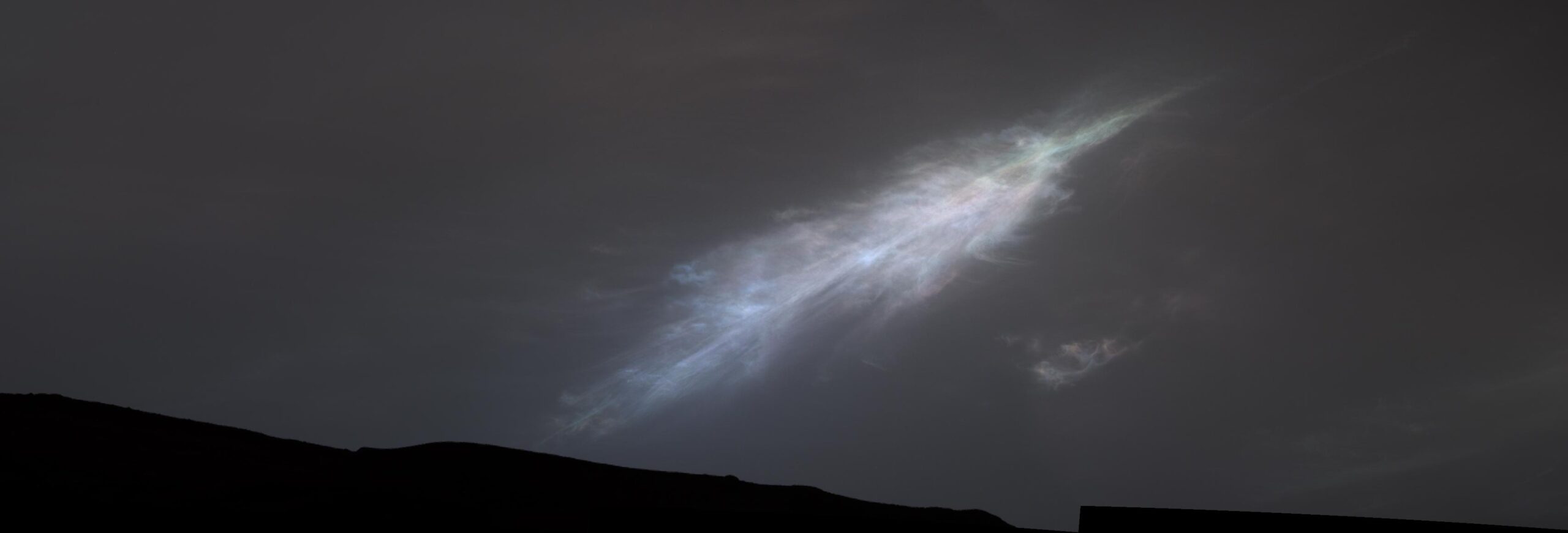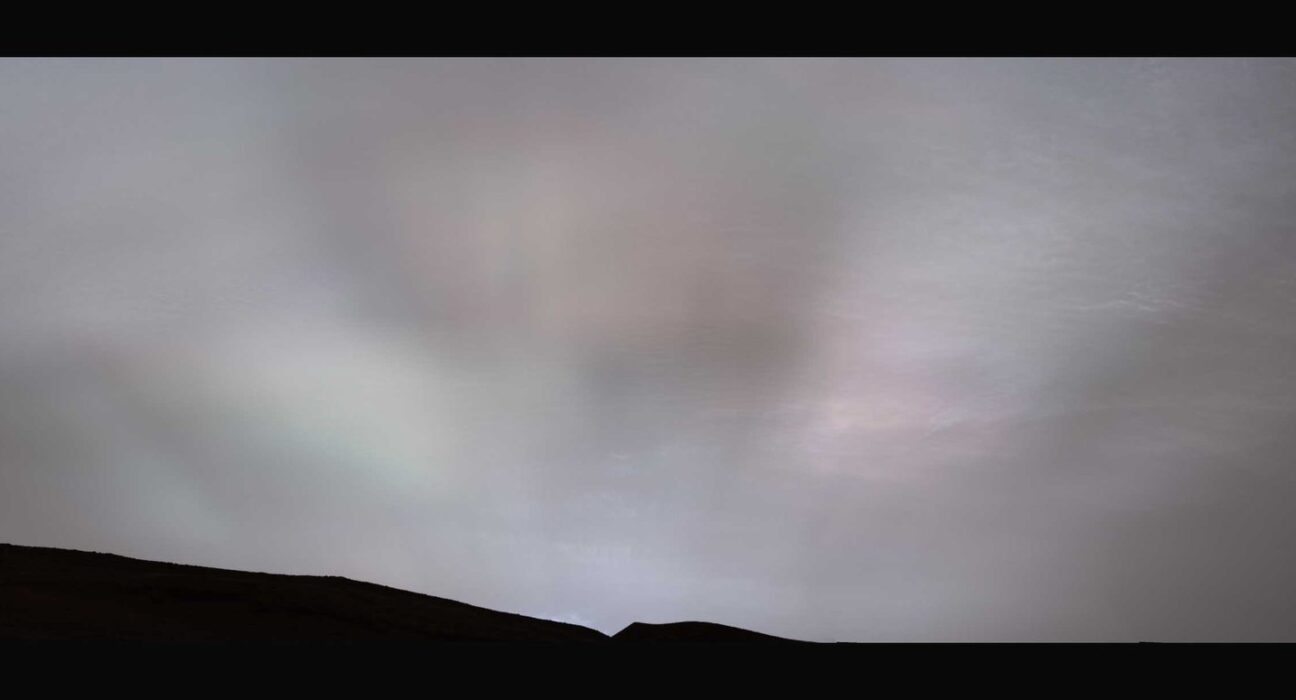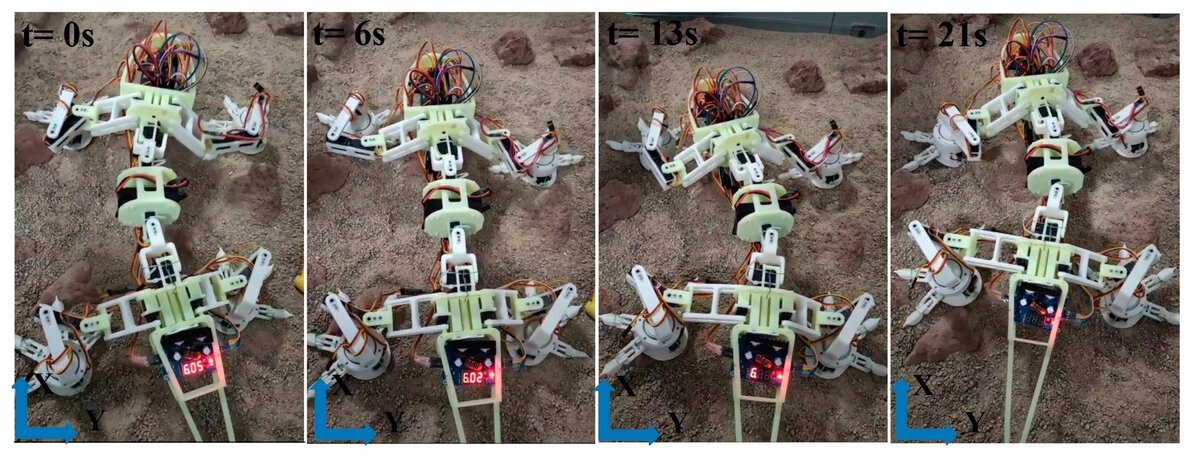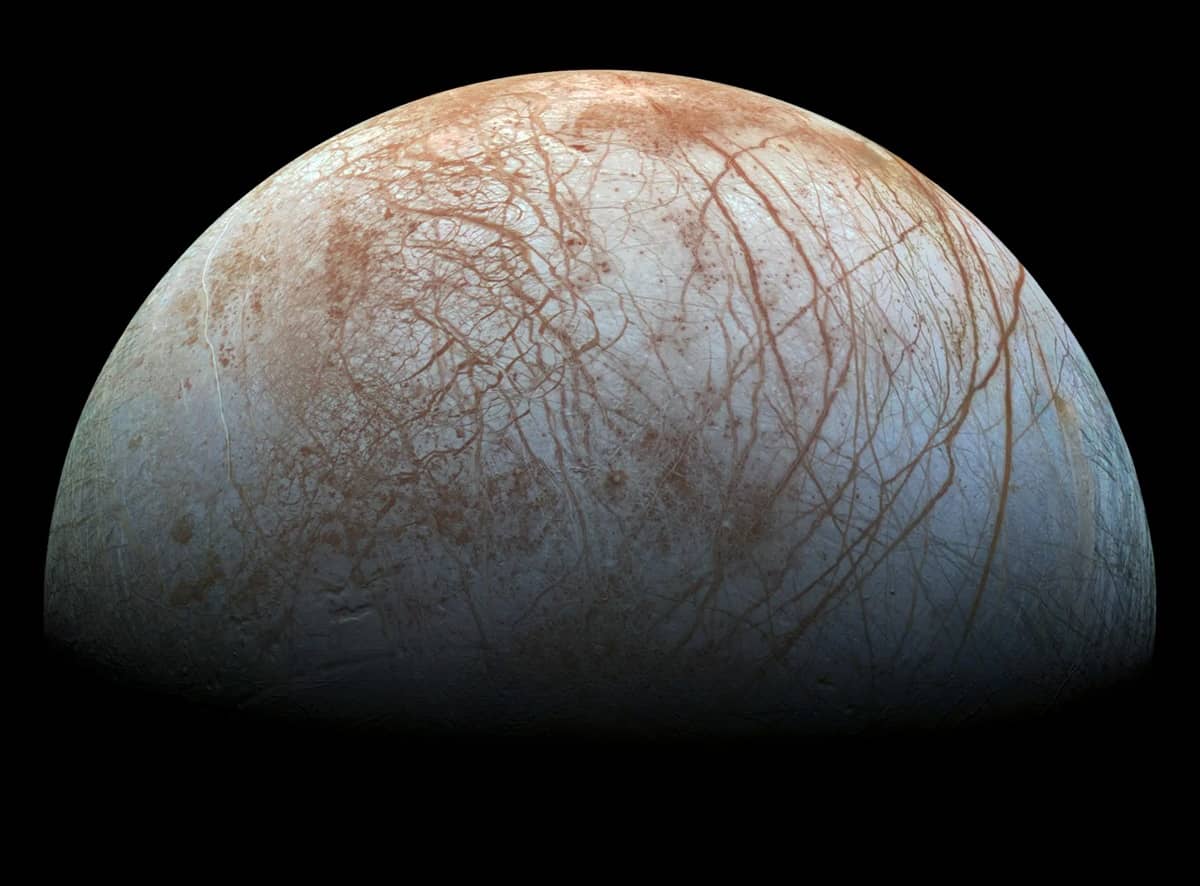NASA’s Curiosity rover has been exploring the Red Planet for more than 10 years and still carries on with its mission. In fact, it has been watching Martian clouds at dusk to expand on its earlier study of night-shining (also known as noctilucent) clouds. So, on February 2nd, Curiosity recorded a remarkable sight, the first time we have ever observed crepuscular rays (also known as “sun rays”) this clearly from the Martian surface.
The clouds are higher in elevation than the typical water ice-based Martian clouds, which are located at a height of about 37 miles. NASA believes that the clouds in the image are formed of frozen carbon dioxide, or dry ice as humans refer to it, because they are higher up where it is particularly cold. They claim that studying the clouds on Mars can teach researchers more about the atmosphere, temperatures, and winds of the planet.
Curiosity primarily employs its colored Mast Camera, or Mastcam, for this particular survey, which began in January and will end in the middle of March. The apparatus enables the rover to capture photos that would demonstrate to researchers how cloud particles glow over time. But, in 2021, Curiosity mostly depended on its black and white navigation cameras, which gave us a thorough view of the structure of clouds as they moved.
Interesting cloud formations on Mars

Since the start of the current survey, the rover has captured images of several intriguing cloud formations in addition to our first clear view of the Martian sun’s rays. An iridescent cloud with a feather-like shape may be seen in one of the images from January 27 (see above). Iridescence-induced color changes appear to provide information to scientists about how the cloud is changing and how its particle size is varying throughout the structure.
Panoramas were created by combining 28 photos beamed back to Earth to show the sun’s rays and the iridescent clouds. The photos have been edited to emphasize the highlights of the images.





